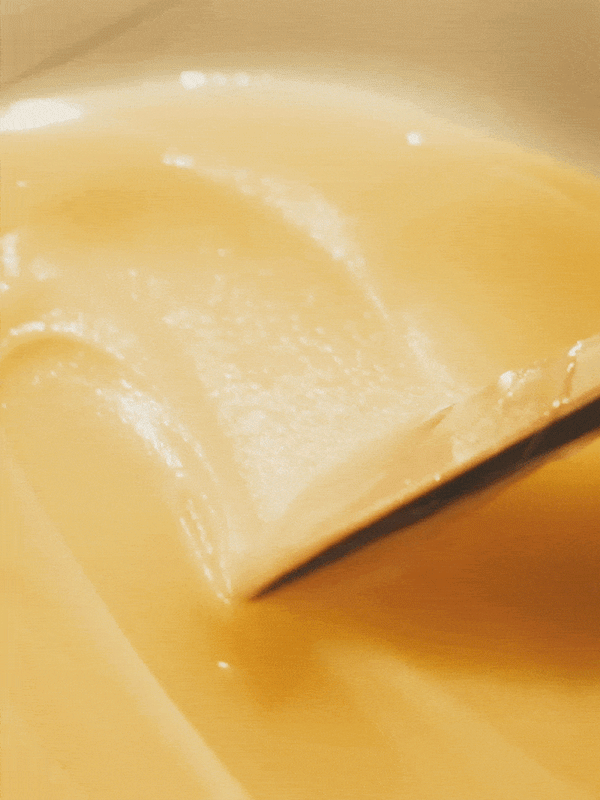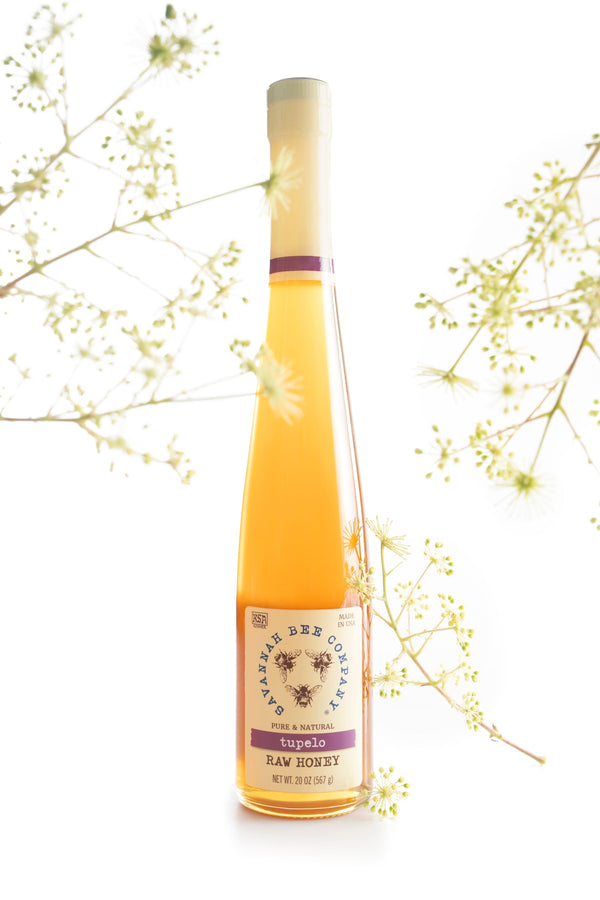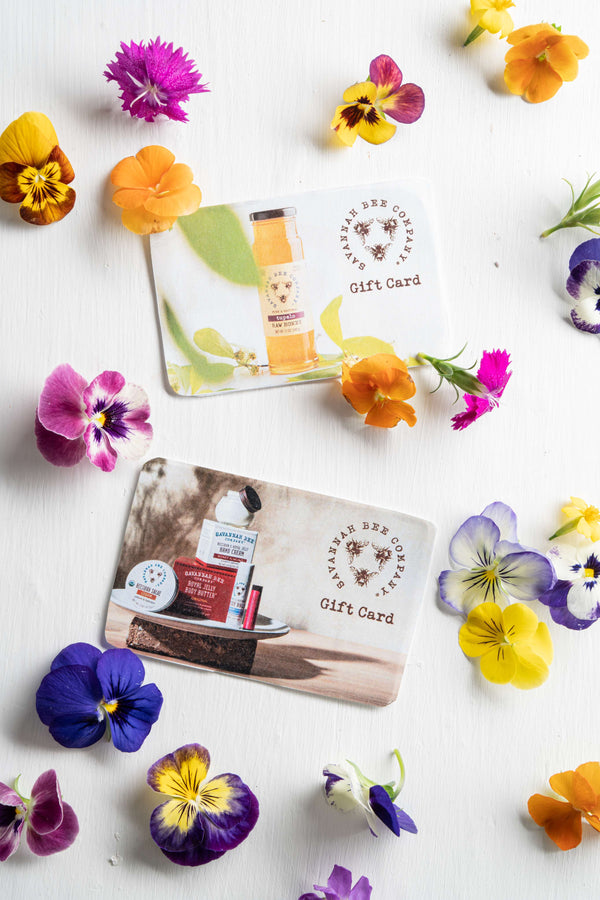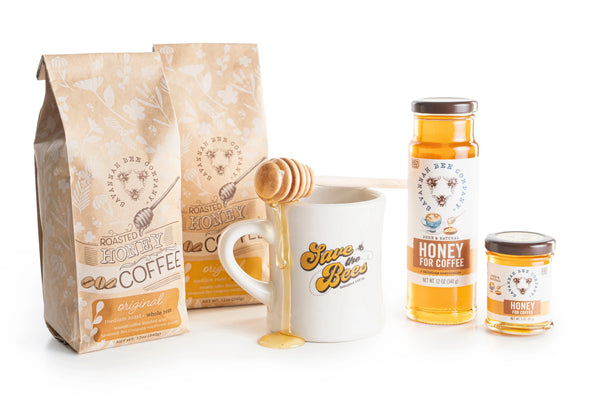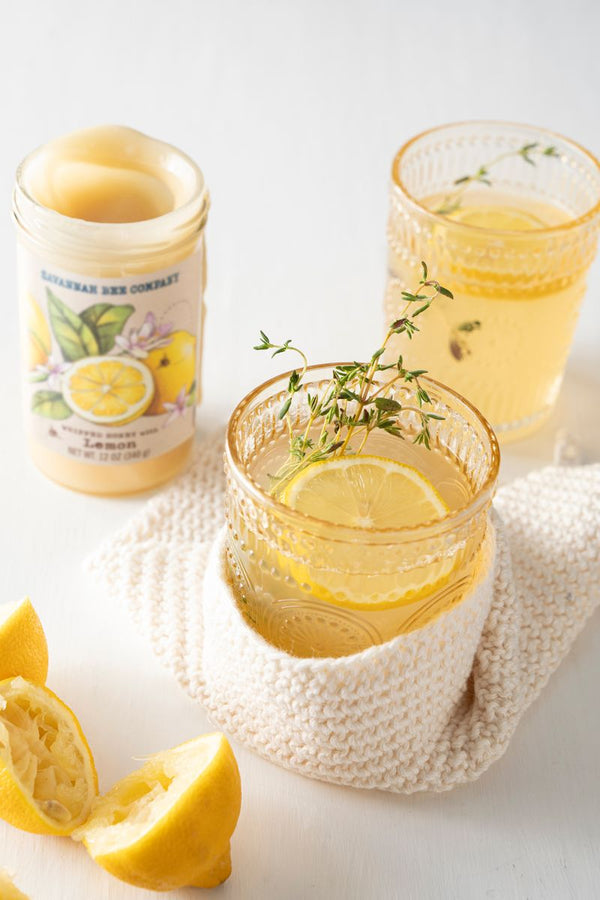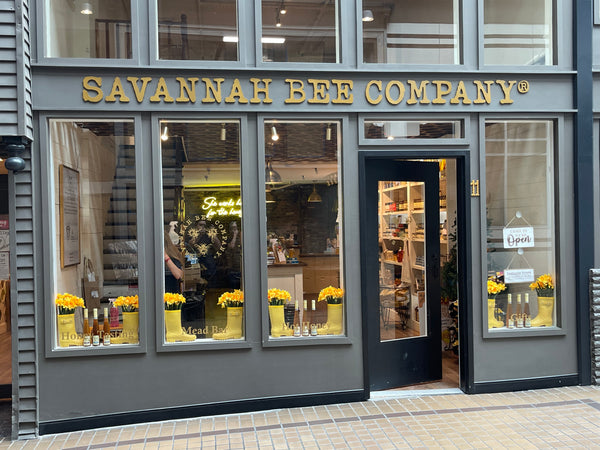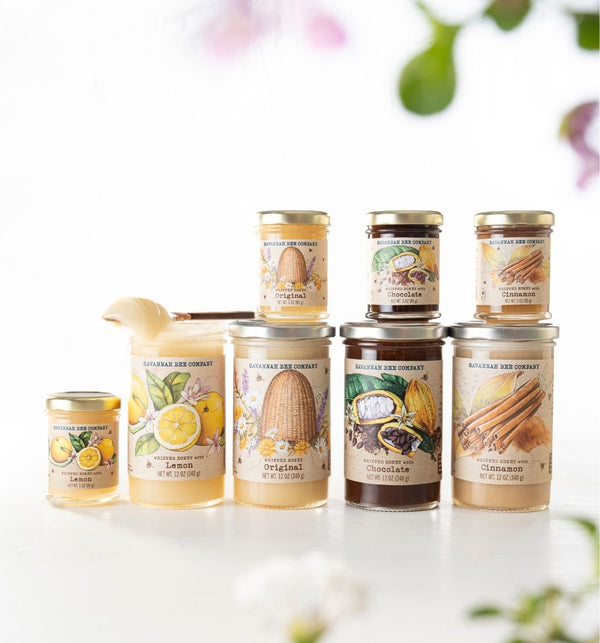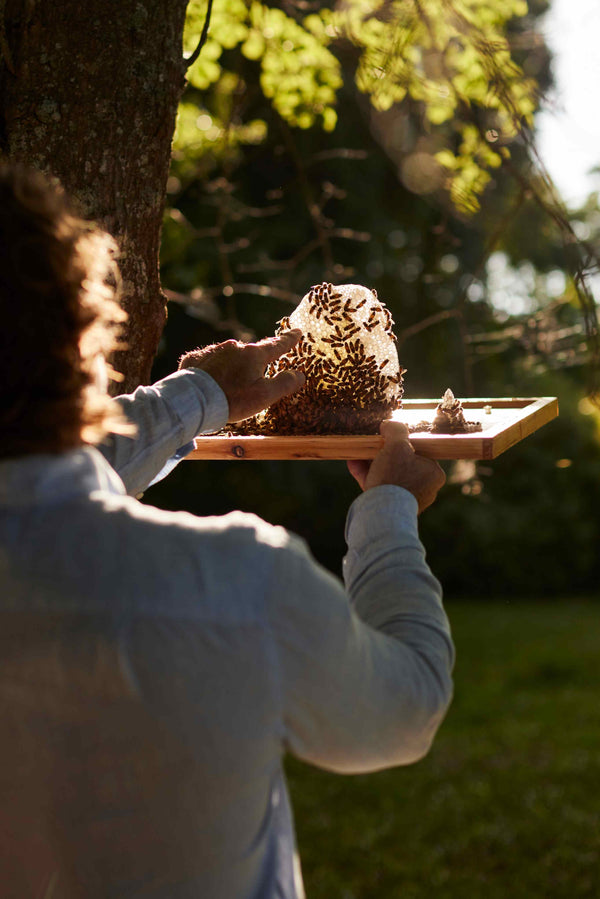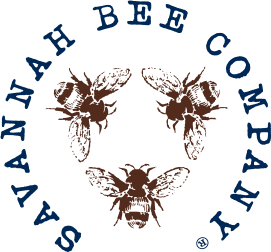Monofloral vs. Polyfloral Honey Varieties
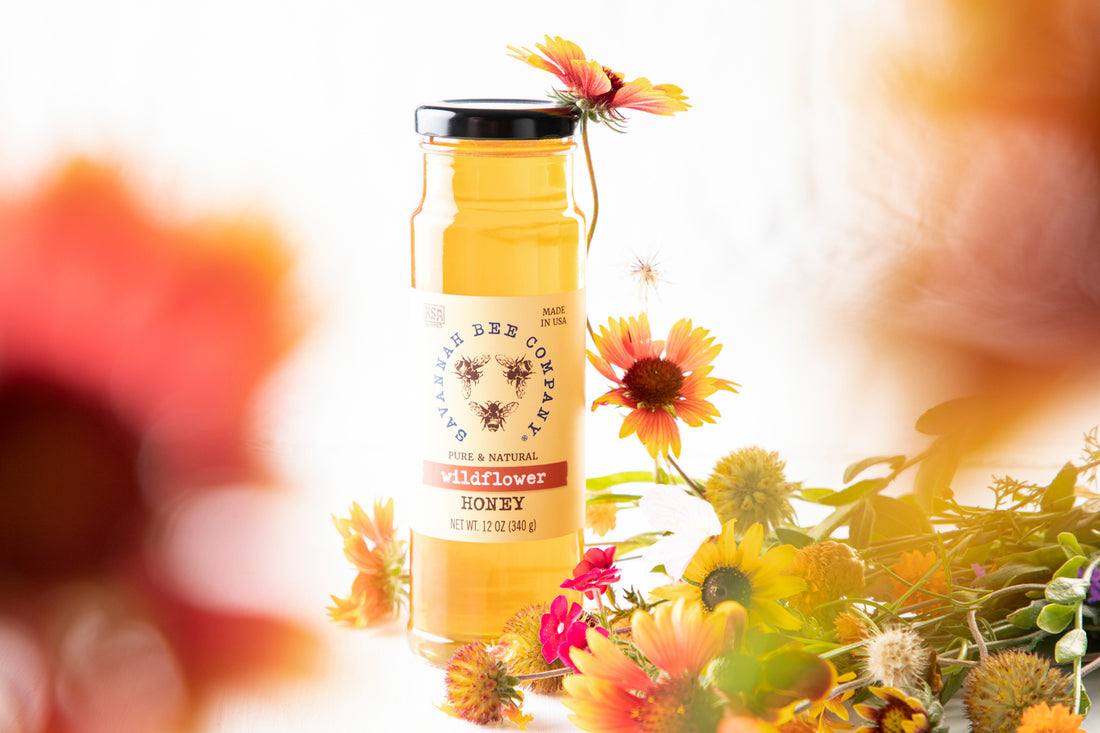
Although there are many varieties, categories, and sub-categories of honey, all honey types can be divided into 2 general groups - polyfloral honeys and monofloral honeys. Polyfloral honey types are produced by honey bees using nectar from many different flower sources. Alternatively, honey bees produce monofloral honey types from the nectar of one flower species. You may also hear the two categories referred to as multi-flower varieties and single flower varieties respectively.

As you might expect, honey aficionados prefer monofloral honeys. Take Sourwood honey for example. Pure raw Sourwood honey is produced from 100% Sourwood tree flower nectar. Because Sourwood nectar is the only nectar source used in the production of the honey, the honey is a true representation of the qualities of the Sourwood nectar. The color, texture, viscosity, sugar content, mineral content, vitamins, and anitoxidants are all unique to the Sourwood variety. When single flower variety honeys are sampled back to back, these differences are very clear. In addition some honey lovers seek out specific honey varieties for their associated medicinal properties. For example, Manuka honey and Palmetto honey have been shown to have very high levels of antioxidants. Antioxidant rich foods are recommended dietary additions for cancer prevention.
Certain monofloral honey varieties are prized in honey communities for their sugar composition. Glucose and fructose are the two main types of sugars found in honey. Honey varieties that have higher fructose content will resist crystalization, which means they can be stored indefinitely. Crystallization is not bad for honey and is perfectly normal for some varieties (varieties with higher glucose content) but resistance to crystallization is a characteristic some folks do appreciate.

Polyfloral honeys, also known as wildflower honey varieties are produced by honey bees using the nectar from many different flower species. Such honeys do not display the pure characteristics of any of their production level nectar sources. In contrast, these honey varieties represent the qualities of many flowers acting in concert. One of the neatest things about polyfloral honey varieties is their absolute uniqueness. Each wildflower hive is producing a honey that has no equivalent. Every wildflower honey is like an individual snowflake that will only be represented once and when it's gone, it's gone! In addition, some honey lovers prefer wildflower honey because of the complex flavors resulting from mixing many nectar qualities.
At the Savannah Bee Company we carry monofloral and polyfloral honey varieties. Our monofloral varieties include, Sourwood honey, Tupelo honey, Orange Blossom honey, Acacia honey and Palmetto honey.
Our polyfloral honey varieties include Wildflower Honey, Honey for Cheese, Honey for Grilling and Bee Cause honey. If you are new to honey tasting, we recommend the Book of Honey! You will have a great time sampling nine different varieties!
No matter which honey you select, all are delicious and nutritious. It is very important to take a wee bit of honey each day! Happy honey eating.
#savethebees
Published



